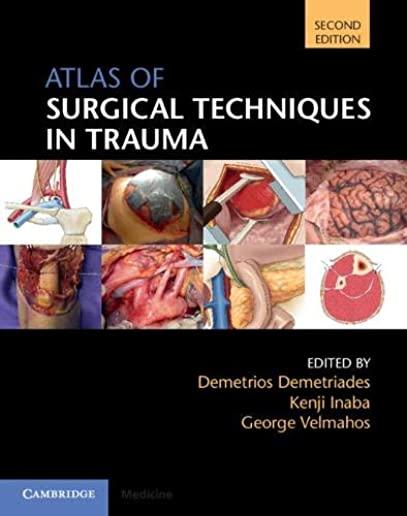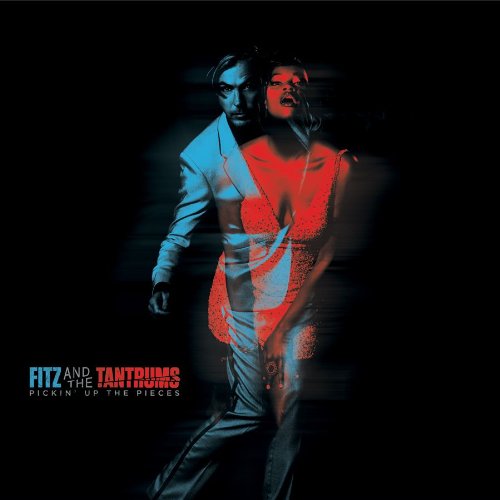
This area of post-classical string playing is so new that a comprehensive pedagogy hasn't yet been developed, and there is a palpable need for a simple, unified approach. Strum Bowing encompasses all the different al- ternative bow techniques--Chops, Shuffles, Ghost Notes, etc.--by targeting the common thread linking grooves in all styles: the subdivision of the beat.
The best entry point to contemporary popular styles is through rhythm, and for string play- ers, the way to the rhythm is through the bow. With Strum Bowing, you physicalize the subdivision with your bow as if you were strumming a guitar, creating grooves by bringing out accents and dropping Ghost Notes.
In this book, we will approach Strum Bowing as:
- Horizontal--often known by fiddlers as a shuffle
- Vertical--known to many as the Chop
- 3D Strum--the combination of horizontal and vertical bowing techniques for playing chords, melodies and/or bass lines
We'll learn how to use grooves as the entry point to improvisation as well as how to bring rhythmic vitality to classical music.
The Strum Bowing Method functions as both a how-to manual for the amateur or profes- sional player and as the conductor/instructor companion to 22 Groove Studies for Strings, a collection of Strum Bowing etudes for middle school through college level string ensembles.







